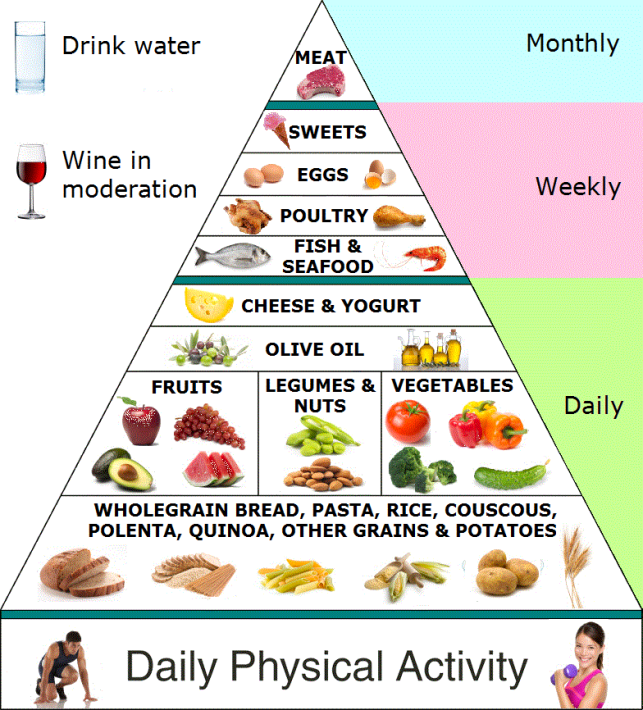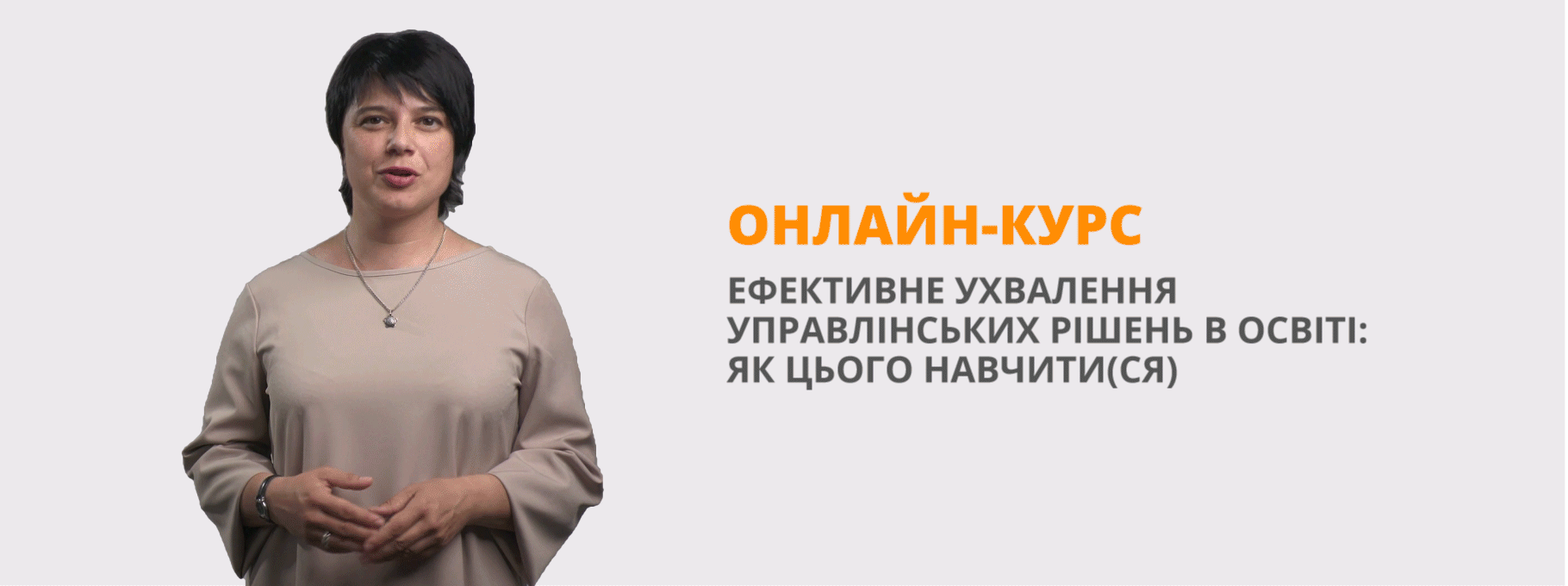Вправи для розвитку читання
6.READING
6.1. Pre-Reading Exercises:
Exercise 1. Brainstorming.
T.: Think a little and complete these diagrams in groups.

Exercise 2. Make an analysis:
T.: Look at the diagram, describe it.
What does the term ‘The Healthy Eating Pyramid’ mean?

6.2. While-Reading Exercises:
Exercise 1.
T.: Match the headings to the paragraphs:
1) Add more fruit and vegetables to your diet
2) Setting yourself up for success
3) The fundamentals of healthy eating
4) What is a healthy diet?
(Key: A-4; B-3; C-2; D-1).
A) Eating a healthy diet is not about strict limitations, staying unrealistically thin,
or depriving yourself of the foods you love. Rather, it’s about feeling great, having
more energy, improving your health, and boosting your mood. Healthy eating doesn’t have to be overly complicated. If you feel overwhelmed by all the conflicting nutrition and diet advice out there, you’re not alone. It seems that for every expert who tells you a certain food is good for you, you’ll find another saying exactly the opposite. The truth is that while some specific foods or nutrients have been shown to have a beneficial effect on mood, it’s your overall dietary pattern that is most important. The cornerstone of a healthy diet should be to replace processed food with real food whenever possible. Eating food that is as close as possible to the way nature made it can make a huge difference to the way you think, look, and feel.
B) We all need a balance of 1 _______________, fiber, vitamins, and minerals in
our diets to sustain a healthy body. You don’t need to eliminate certain categories
of food from your diet, but rather select the healthiest options from each category.
Protein gives you the energy to get up and go—and keep going—while also supporting mood and cognitive function. Too much protein can be harmful to people with kidney disease, but the latest research suggests that many of us need more 2_____________, especially as we age. That doesn’t mean you have to eat more animal products—a variety of plant-based sources of protein each day can ensure your body gets all the essential protein it needs. Fat. Not all fat is the same. While bad fats can wreck your diet and increase your risk of certain diseases, good fats 3_________________. In fact, healthy fats—such as omega-3s—are vital to your physical and emotional health. Including more healthy fat in your diet can help improve your mood, boost your well-being, andeven trim your waistline.Fiber. Eating foods high in dietary fiber (grains, fruit, vegetables, nuts, and beans) can help you stay regular and lower your risk for heart disease, stroke, and diabetes.It can also improve your skin and even help you to lose weight.Calcium. As well as leading to osteoporosis, not getting enough calcium in your diet can also contribute to anxiety, depression, and sleep difficulties. Whatevery our age or gender, it’s vital to include calcium-rich foods in your diet, limit those that deplete calcium, and get enough 4______________to help calcium do its job.Carbohydrates are one of your body’s main sources of energy. But most should come from complex, unrefined carbs (vegetables, whole grains, fruit) rather than sugars and refined carbs. Cutting back on 5___________, starches, and sugar can prevent rapid spikes in blood sugar, fluctuations in mood and energy, and a buildup of fat, especially around your waistline.
C) To set yourself up for success, try to keep things simple. Eating a healthier diet
doesn’t have to be complicated. Instead of being overly concerned with counting
calories, for example, think of your diet in terms of color, variety, and freshness.
Focus on avoiding 6_______________and opting for more fresh ingredients whenever possible.
D) Fruit and vegetables are low in calories and nutrient dense, which means they
are packed with 7 _______________. Focus on eating the recommended daily amount of at least five servings of fruit and vegetables and it will naturally fill you
up and help you cut back on unhealthy foods. A serving is half a cup of raw fruit or
veg or a small apple or banana, for example. Most of us need to double the amount
we currently eat.
6.3. Post-Reading Exercises:
Exercise 2.
T.: Complete the gaps with the correct phrase:
(protein, fat, carbohydrates; high-quality protein; protect your brain and heart;
magnesium and vitamins D and K; white bread, pastries; packaged and
processed foods; antioxidants).
1- antioxidants; 2- high-quality protein; 3- protect your brain and heart; 4- magnesium and vitamins D and K; 5- white bread, pastries; 6 -protein, fat, carbohydrates; 7- packaged and processed foods.
Exercise 3.
T.: Read the statements and define whether they are ‘True’ or ‘False’.
Prove your answer.
1) A healthy diet requires strict limitations.(F)
2) You don’t need to eliminate certain categories of food from your diet.(T)
3) Eating foods high in dietary fiber increases the risks for heart disease, stroke,
and diabetes.(T)
4) Too much calcium in your diet can also contribute to anxiety, depression, and
sleep difficulties.(F)
5) Carbohydrates are one of your body’s main sources of energy.(T)
6) Fruit and vegetables are low in calories and nutrient dense.(T)
Exercise 4. Speaking.
T.: Answer the questions:
1) Does our mood depend on our eating habits?
2) Should you eliminate certain categories of food from your diet?
3) What element can be harmful to people with kidney disease?
4) Name healthy fats.
5) Why is it essential to eat foods high in dietary fiber?
6) How much fruit and vegetables should be included in daily meal?
Exercise 5: Match highlighted expressions to the synonyms:
1) pleasant result - ……………..
2) key element - ……………….
3) thinks - ……………………..
4) great choice - ………………
5) important - ………………..
6) exhaust - …………………..
7) mood swings - …………….
8) concentrate on - …………….
(Key: 1- to set up for success; 2 – cornerstone; 3- saying; 4- a variety; 5- vital; 6- deplete; 7- fluctuations in mood; 8- focus) .
Exercise 6. Writing .Make up the eight sentences using expressions from exercise 5.


про публікацію авторської розробки
Додати розробку
